In terms of technology, decentralisation, and market capitalisation, Ethereum (ETH) is among the most widely used blockchain networks and cryptocurrencies. In addition to supporting digital currency assets, Ethereum is the first blockchain network to develop smart contracts and decentralised apps (DApps). It also has decentralised finance (DeFi) tokens and non-fungible tokens (NFTs).
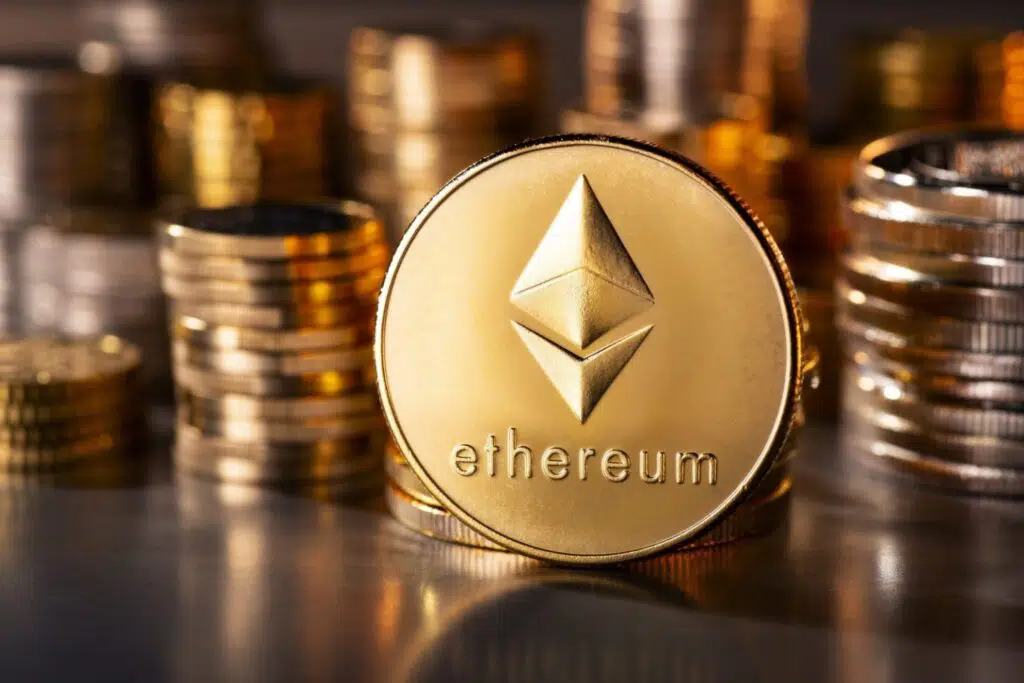
Although Ethereum is the first blockchain of its kind, it is a platform with flaws. It has issues with excessive energy usage, sluggish transaction times, and expensive transactions. Additionally, it had scalability problems, which meant that as more users joined Ethereum, transactions and apps grew slower.
Ethereum has been developing continuously, releasing updates on schedule and adding support as needed. However, all investors have been inconvenienced by the rising gas prices, especially the smaller ones. On Uniswap, a single swap costs about $100, while an NFT can be minted for about $300.
Other blockchains have arisen in recent years that address Ethereum’s drawbacks while offering platforms for exchanging money and operating apps. Here are seven Ethereum alternatives worth keeping an eye on in the following years since they have a lot of potentials.
Best Ethereum Crypto Alternatives In 2025
1. Solana
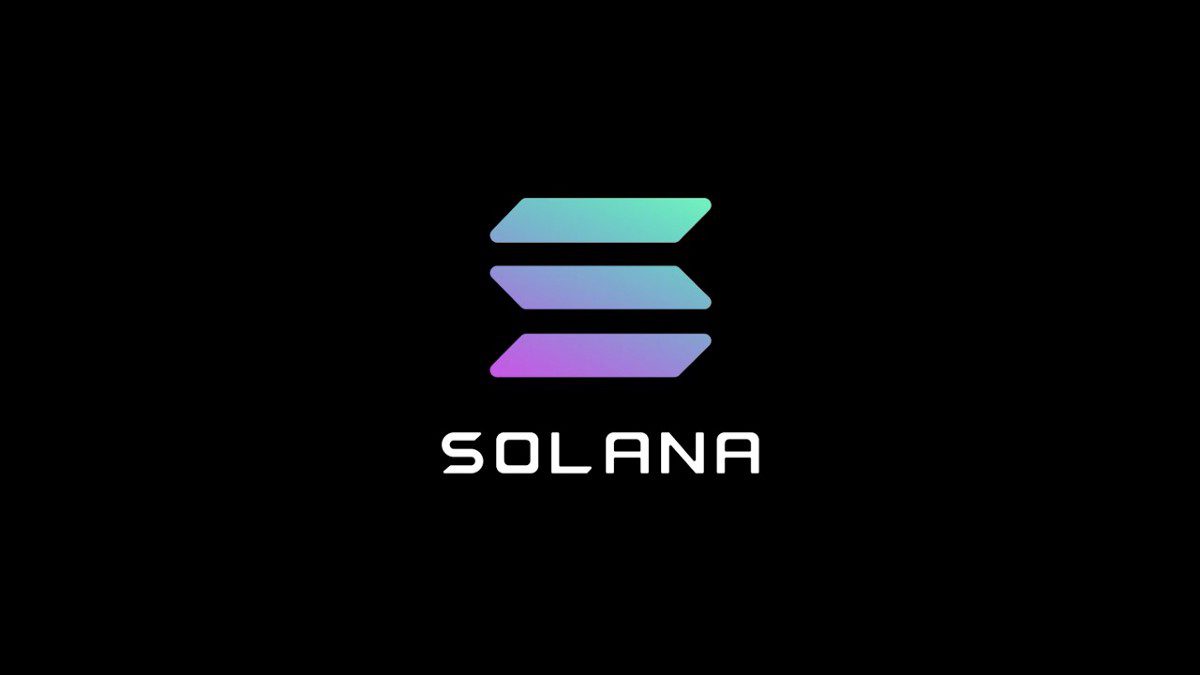
Solana was introduced in 2020 to provide high transaction throughout. The network promised to process 65,000 transactions per second and plans to continuously scale up, intending to nearly double the pace of transaction processing every two years.
With the Ethereum blockchain network, Solana wants to become more compatible. The birth of Wormhole’s bridge gave ERC-20 tokens and other assets built on the Ethereum blockchain network a way to travel easily between the two networks’ respective infrastructures.
According to CoinMarketCap, Solana (SOL) was the 13th-biggest cryptocurrency when writing this article. It has a market cap of over $4 billion and a price per SOL token of $11.21.
2. Cardano (ADA)
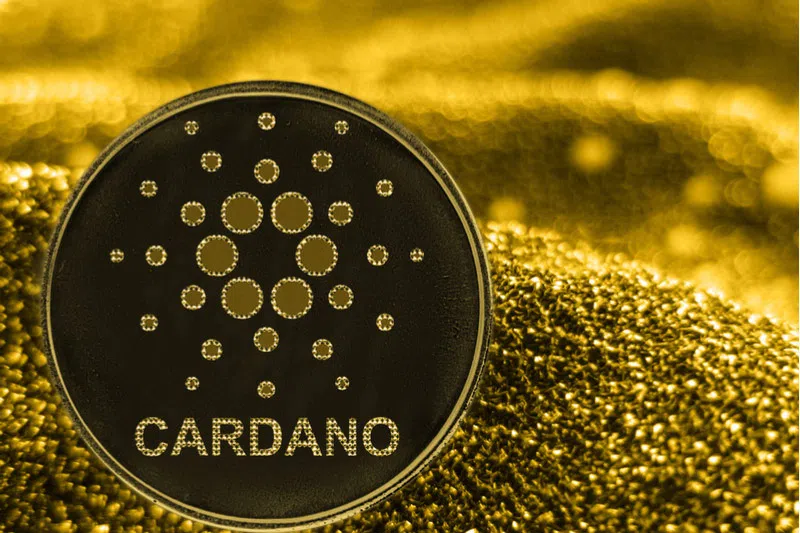
Charles Hoskinson, a co-founder of Ethereum, introduced the Cardano blockchain network in 2017. It uses the Proof of Stake (PoS) consensus and has an open-sourced code base. It claims it is the first blockchain platform to grow from a scientific ideology to a research-first-driven strategy.”
This blockchain network is academically focused and motivated. Developers can now create customised blockchain tokens and altcoins thanks to the most recent release.
In 2020, the blockchain also introduced staking, allowing holders of ADA tokens to stake their holdings in exchange for rewards. Additionally, holders of ADA tokens can participate in the blockchain network’s governance and receive voting rights.
Cardano is popularly known as Ethereum 2.0. The foundation of Cardano hinges on individual authority (decentralised) and the capacity for consensus. When compared to Ethereum, however, it does not yet allow DeFi apps or blockchain applications.
Cardano (ADA) is currently the 8th-largest cryptocurrency, with a market cap of about $10 billion.
3. Zilliqa
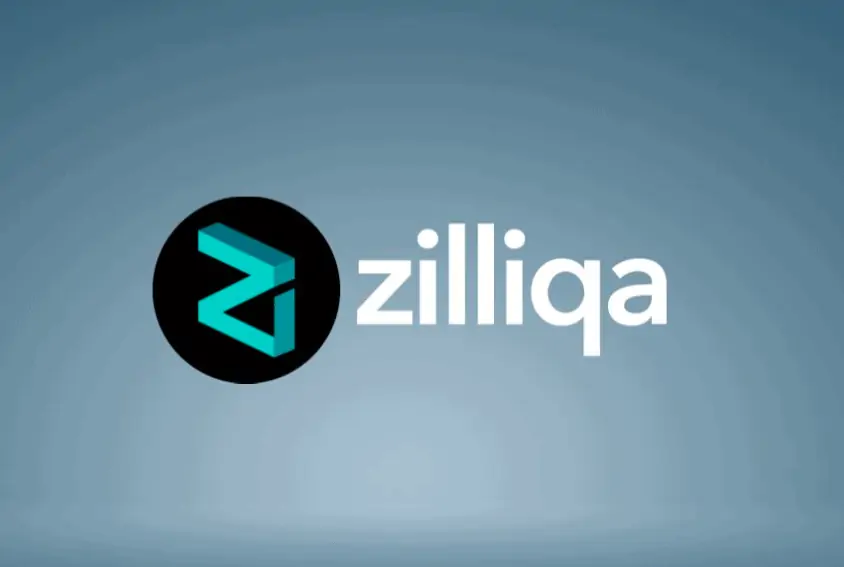
Zilliqa was introduced in 2017 and harps on blockchain ideas, decentralisation, scalability and security. Zilliqa’s selling point and advantage is its capacity to provide adequate scalability. Zilliqa is renowned for “killing” both Visa and Ethereum. It is the first public blockchain ever constructed and developed purely using a sharding architecture, enabling quicker and parallel transactions on the blockchain network.
It is one of the blockchain networks with the most cutting-edge technology in the cryptocurrency market. The innovative contract language used by the platform, called Scilla, is distinct and particular to it.
As of the time of writing this article, Zilliqa is ranked 91stwith a market cap of $301 million at a $0.02058 price.
4. Polkadot (DOT)
Parity Labs created and introduced the blockchain network called Polkadot. It was released in April 2020 and has acquired popularity swiftly.
Polkadot supports apps, NFTs, and other features, and its functionality is comparable to Ethereum. Instead of limiting itself to a single blockchain, Polkadot aims to construct a network of “parachains.” It might help the blockchain network offer quicker and more affordable transactions.
Polkadot is currently the 11th-largest cryptocurrency, with a market cap of $6 billion. According to Polkadot, its success is because its blockchain permits the exchange of any data, unlike standard blockchain networks. As a result, Polkadot can move between blockchains.
5. Avalanche (AVAX)
Avalanche is a layer one blockchain foundation for decentralised applications and unique blockchain systems. One of Ethereum’s rivals, to unseat Ethereum as the most well-known blockchain. To achieve this, Avalanche sought to have the maximum transaction yield of up to 6,500 transactions per second while still being scalable. With a market cap of $3.4 billion, the price of Avalanche is currently $12.56.
Although there are 242,782,405 AVAX coins in circulation, their maximum supply remains unknown. The top cryptocurrency exchanges for buying and trading Avalanche stock include OKEx, Huobi Global, Binance, etc.
6. Algorand (ALGO)
Algorand is a decentralised blockchain-based system that you can use for several purposes. Such systems have the crucial qualities of effectiveness, safety, and scalability, which are all essential for effective practical applications. Algorand has a market cap of about $1.8 billion, with its trading price at $0.23.
You can trade Algorand stock on crypto exchanges like OKEx, Binance, Huobi Global, and Mandala Exchange.
7. Ethereum Classic (ETC)
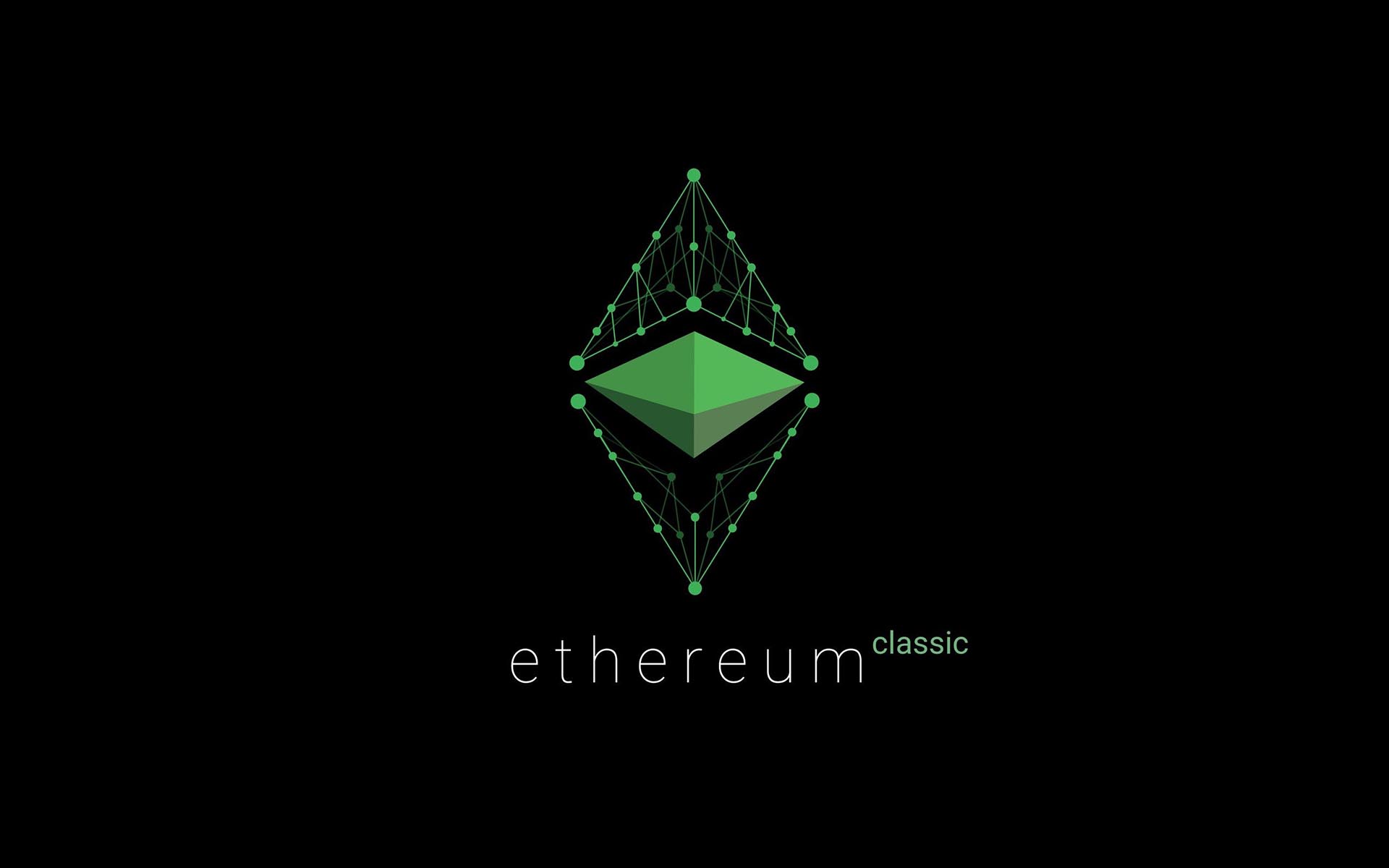
Developers created the Ethereum Classic blockchain network due to a hard fork in the original Ethereum blockchain network caused by the DAO (Decentralized Autonomous Organization) hack. Ethereum Classic has now emerged as a formidable rival to its former half. This blockchain strictly adheres to the “Code is Law” principle.
Ethereum Classic has a market cap of about $2.5 billion at a trading price of $17.61. It serves as a platform for performing Initial Coin Offerings (ICO) and creating, developing and hosting intelligent contracts, among other things. The original Ethereum code drives it.
Conclusion
Throughout all of these trying and competitive years, Ethereum has maintained its place. With a market cap of $133 billion, it is not simple to topple Ethereum from its position. Moreover, the launch of the Ethereum 2.0 has further strengthened ETH. Also, some of the blockchains above networks work in tandem with Ethereum to provide good compatibility that extends their stance on being more than Ethereum alternatives.

